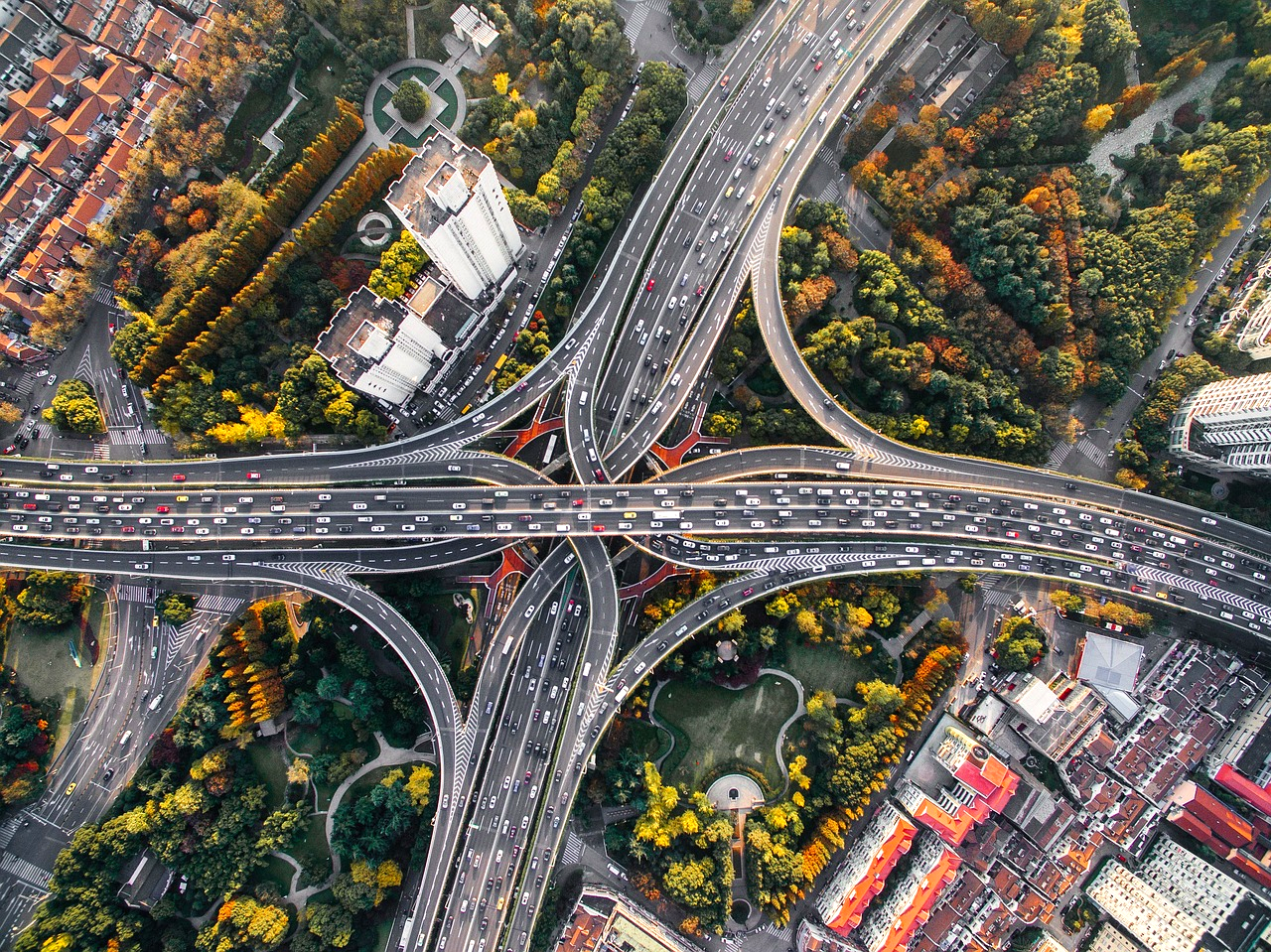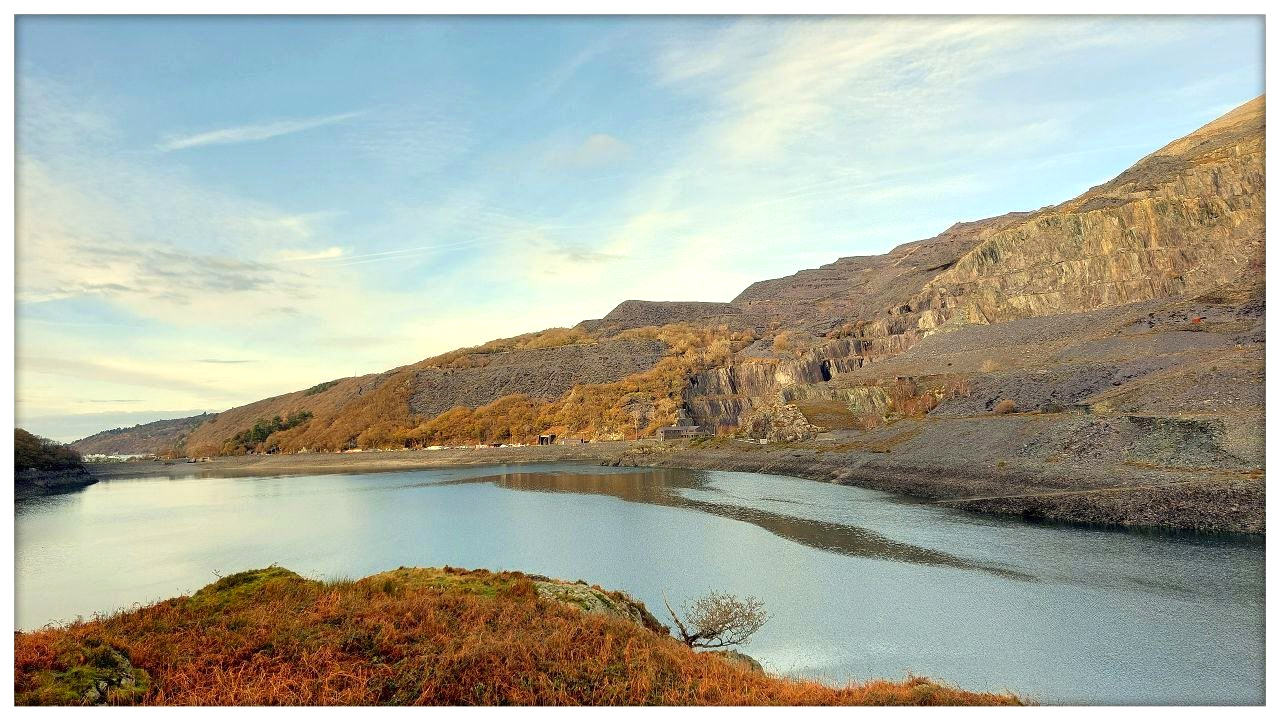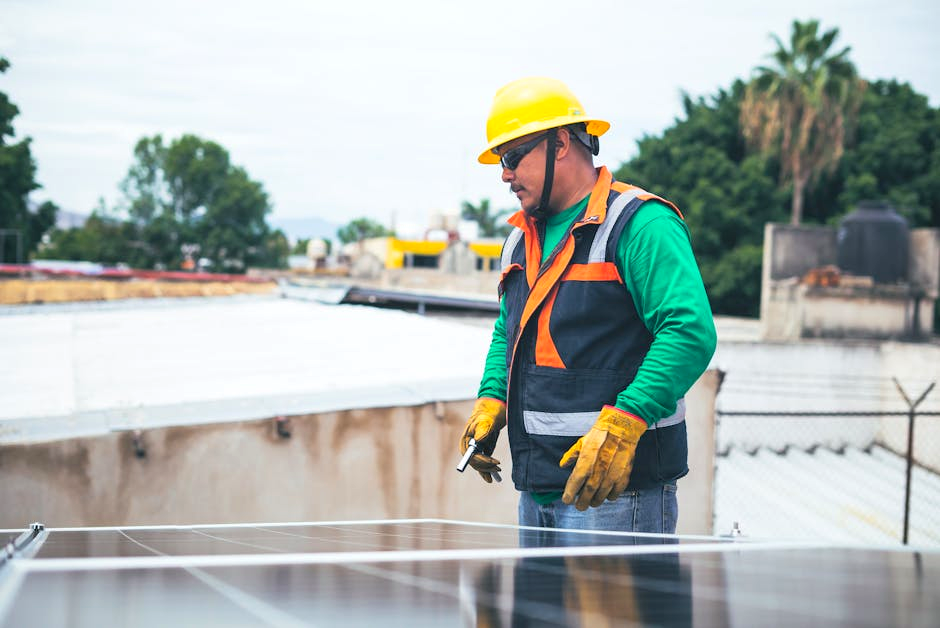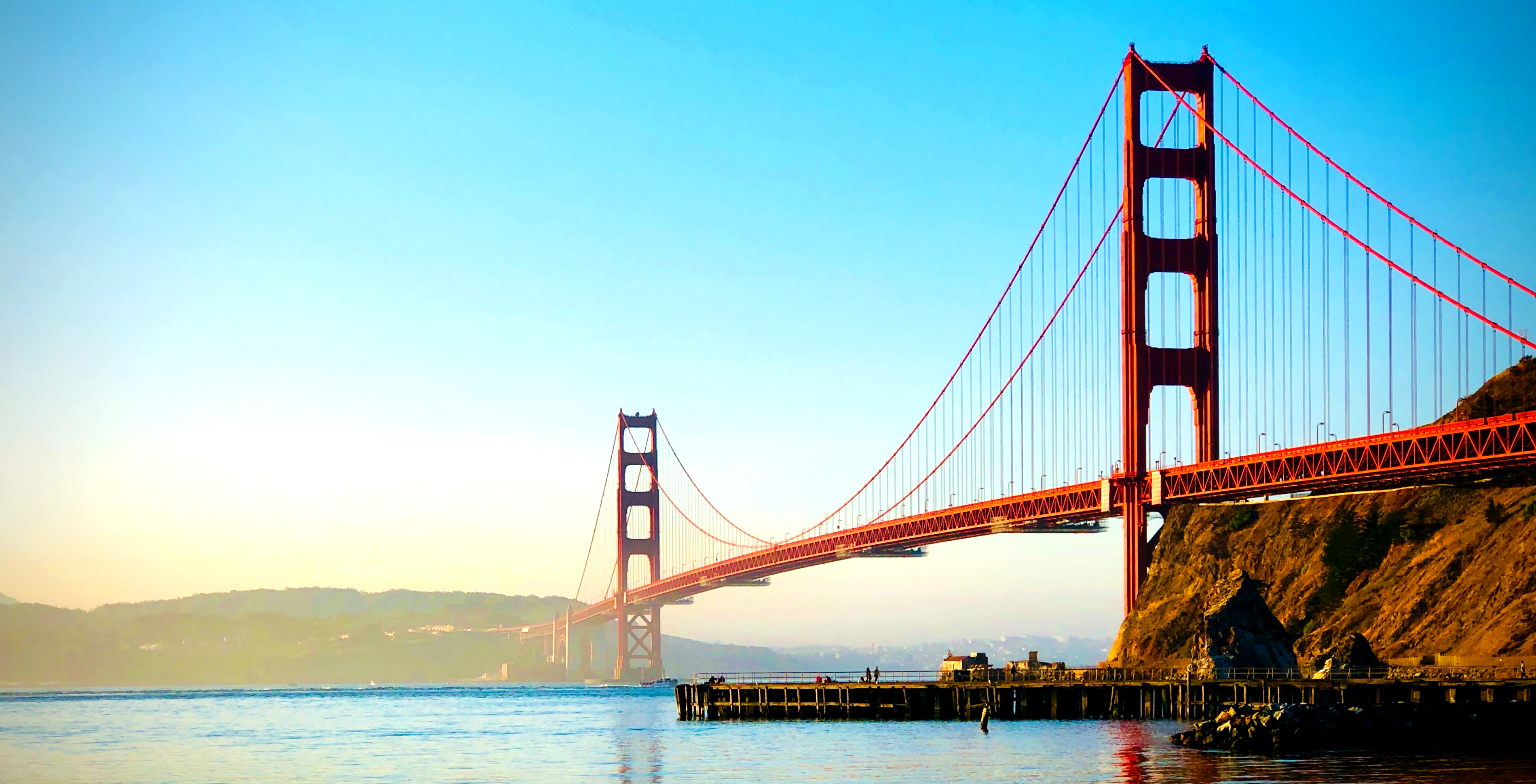The Cost of Going Green: Why Renewable Energy Is Driving Energy Prices Up
So, what's driving the renewable revolution? The answer lies in the need for a sustainable future. By harnessing the power of nature and innovative technologies, we can create a cleaner, greener and more sustainable world for generations to come."

In recent years, the talk about renewable energy has got a fair dinkum boost. People advocating for clean energy reckon it's the way to go for a sustainable lifestyle and reducing our carbon emissions.
Among the big-ticket items are solar, wind, and hydroelectric power—all considered heroes in the battle against climate change. However, the economic implications aren't as clear-cut as the environmental benefits.
Behind the hype for cleaner energy options, there's a crucial question: Why are electricity costs rising even as we move to renewables? To get to the bottom of this, we need to look at the factors driving up prices.
Some jurisdictions are conducting their own studies or hosting storage companies to landlord(...)

Switching to renewable energy isn't as straightforward as a quick changeover. In fact, it requires significant investment in new infrastructure.
Traditional power grids are designed for stable electricity flows that mainly come from fossil fuels, while renewable energy sources aren't always consistent. To make way for this change, a new grid system is needed that can handle a mix of unpredictable and reliable power flows.
This requires leading-edge tech and a big-dollar financial outlay. However, these costs aren't covered by government handouts; instead, they filter down to householders, leading to steeper power bills.
Apart from the financial implications, meeting the technical standards is also a significant challenge, affecting project timelines and costs.
We're all familiar with the concept of supply and demand in economics, but what happens when this delicate balance is disrupted? The laws of economics teach us that when demand for a product increases, prices rise, and when supply decreases, prices increase. But it's not always that simple.

Renewable energy's make-up is different from traditional energy, because it doesn't all come from a place. Because the sun and the wind aren't available all the time, this unpredictability makes it hard to match what's available with what's needed.
When the gas isn't breezin' or the sun isn't shin-ing, stand-by power plants gotta be ready to go, often runnin' on fossil fuels. This need for back-up generation creates additional costs that drive up the price of petrol.
Depending on weather-dependent energy sources makes it tough to keep things stable, which means energy costs can be pretty unpredictable and not as consistent as they would be with fossil fuels. This complexity shows just how tricky it is to go all eco-friendly.
* Environmental impact and disposal costs

One of the ongoing issues with renewable energy is energy storage. Renewable resources like sunlight and wind are plentiful but ever-changing.
Efforts are underway to develop advanced battery storage systems that can fill this gap, but these sorts of technologies are quite expensive and still in the early stages of research and development.
Getting reliable, long-term, and big-scope storage is a costly exercise, one that prices are eventually forced to swallow. As storage options improve, they hold up the hope of sorting out clean energy supplies.
But for now, they're adding to the overall hike in energy costs, creating a bit of a paradox in the push for more sustainable energy options.
Policy and Regulation: Busting through Bureaucratic Red Tape

Government policy and regulations also play a big role in the cost of energy. In most places, subsidies and incentives are in place to help develop renewable technologies.
While these government interventions aim to encourage environmentally-friendly initiatives, they often create a tangled web of financial and red tape complexities. Following these regulations and securing the necessary permits is both a time-consuming and costly process for businesses.
These costs are indirectly slugged onto the customer, reflected in their monthly electricity bills. Although policies aim to speed up the transition, their complexity sometimes holds back progress, highlighting an area that needs to be sorted out in the renewable energy road map.
I'm not seeing any text to paraphrase. Please provide the text you'd like me to paraphrase.

The renewable energy industry doesn’t just focus on producing power; it’s also about creating work opportunities and giving a bit of a tick over to the entire industry. Putting your money into renewables calls for skilled workers, whether it’s setting up wind farms or looking after solar panels.
Although these initiatives offer positive employment opportunities, they involve training workers and creating new employment arrangements, which come with associated costs that ultimately lead to a rise in energy costs for economies.
As green energy efforts keep going, the work and development aspects become key components of the cost formula, adding another layer of economic impacts from shifting away from fossil fuels.
However, if you provide the text, I'd be happy to paraphrase it in a style suitable for Australian English, including any terminology specific to your region. Please go ahead and paste the text, and I'll get started!

Renewable energy is a local issue, but its impact is felt world-wide. International markets and competition affect the cost of commodities, and renewable tech is no exception to this.
The rush to get hold of things like lithium for batteries or the rare earth elements needed for solar panels and wind turbines drives up costs. As countries fight for dominance in green energy technologies, prices for these products jump around, making it more expensive to make them.
G'day mate! Countries aren't just fighting for energy self-sufficiency, they're also after a slice of the growing renewable energy market pie. This global scene definitely makes calculating the financial benefits of going green a bit more complicated.
In today's digital age, technological innovation is redefining the way we live, work, and interact with one another. Many see it as a driving force behind individual and collective progress, accelerating development and increasing productivity. Others view it as a double-edged sword, bringing with it numerous benefits but also potential risks and unintended consequences.

' 'It's A Homegrown Sensation' We love it when companies think outside the square and come up with innovative ways of reducing their carbon footprint. It makes everyone's life better.
However, the initial expenses of researching and developing this technology are quite high. Getting these technological breakthroughs is not something that happens overnight, it takes years of research and experimentation before they become a reality.
While these efforts aim to create a more sustainable future for us, they're also resulting in eye-watering expenses right now. Innovation is having a double-edged impact in the renewable energy sector, touting a cleaner future while causing costs to skyrocket in the present.
The process of turning an idea into a usable product is a tough slog, both financially and technologically. The scene for clean energy is complex, offering both positive prospects and tricky obstacles as we work towards a more environmentally-friendly future.
Getting a handle on these factors is crucial for making sense of the intricate link between embracing green technologies and keeping an eye on the financial outlay.
What are your thoughts on this topic? Share your ideas in the comments area below – we'd love to hear from you! Want more yarns like this? Follow us to stay in the loop and never miss a beat!
Posting Komentar